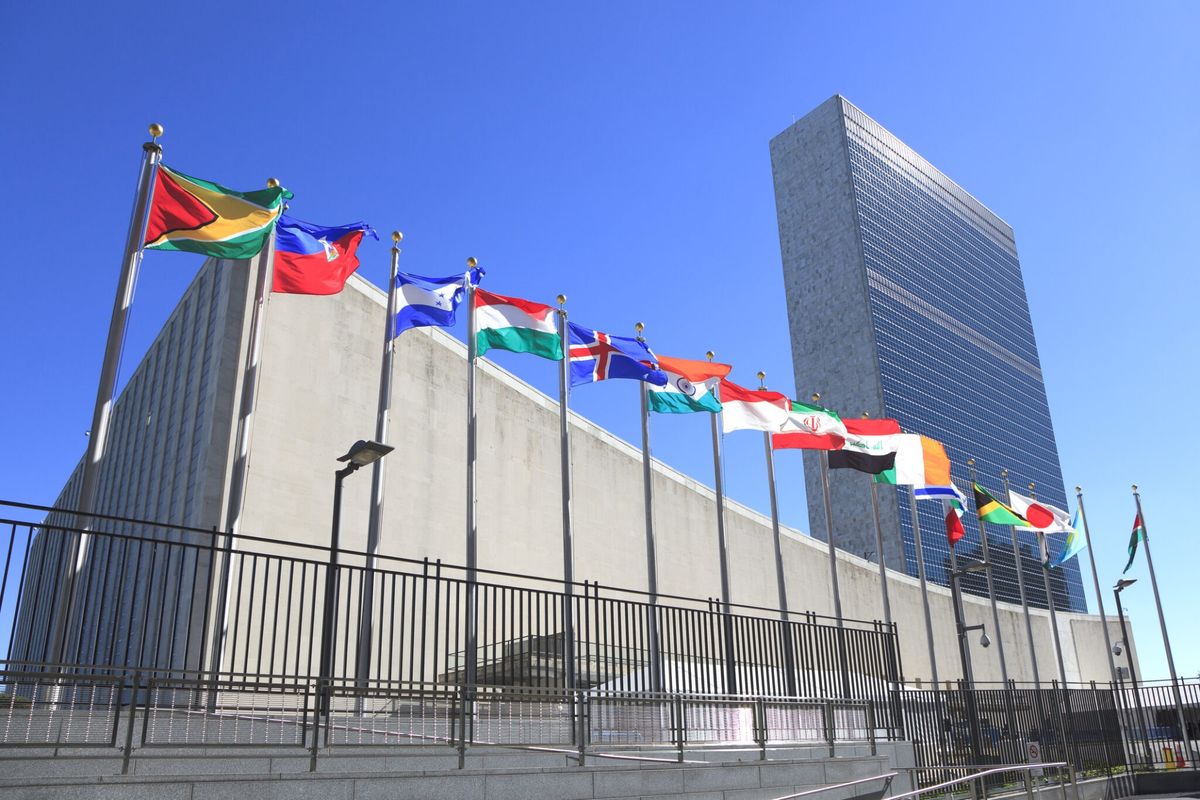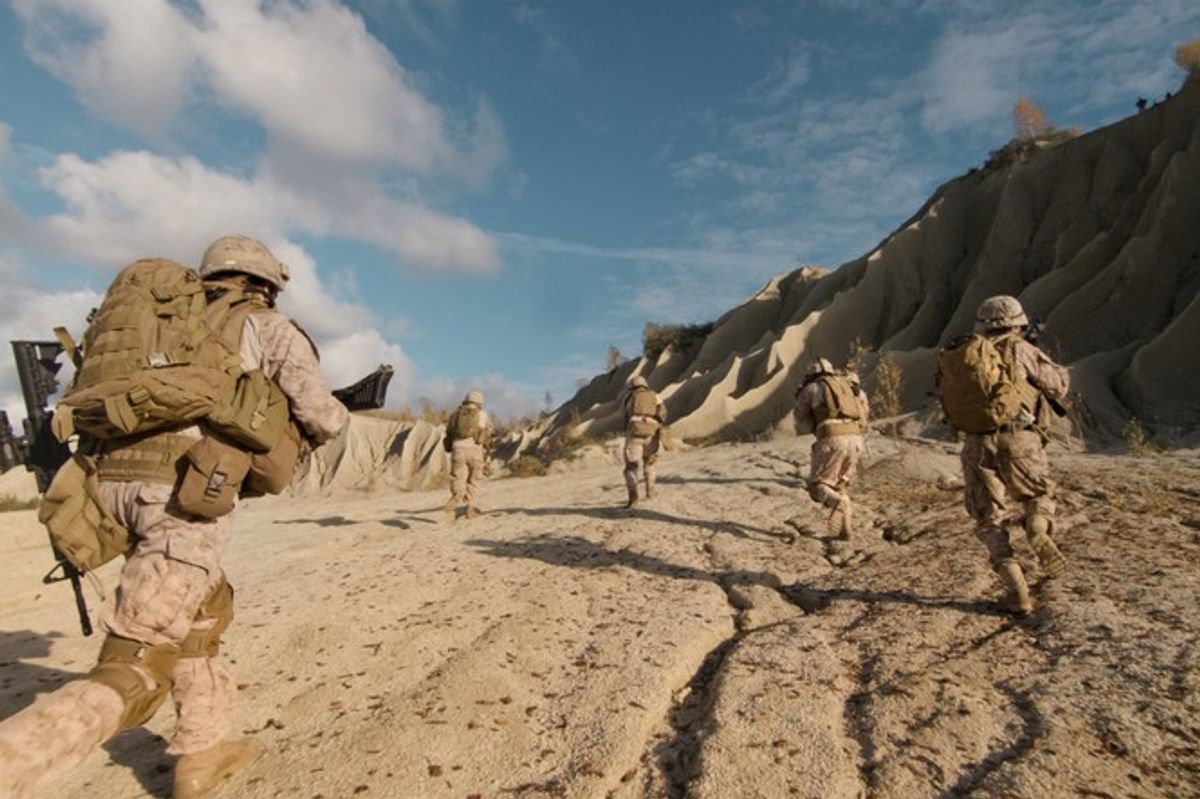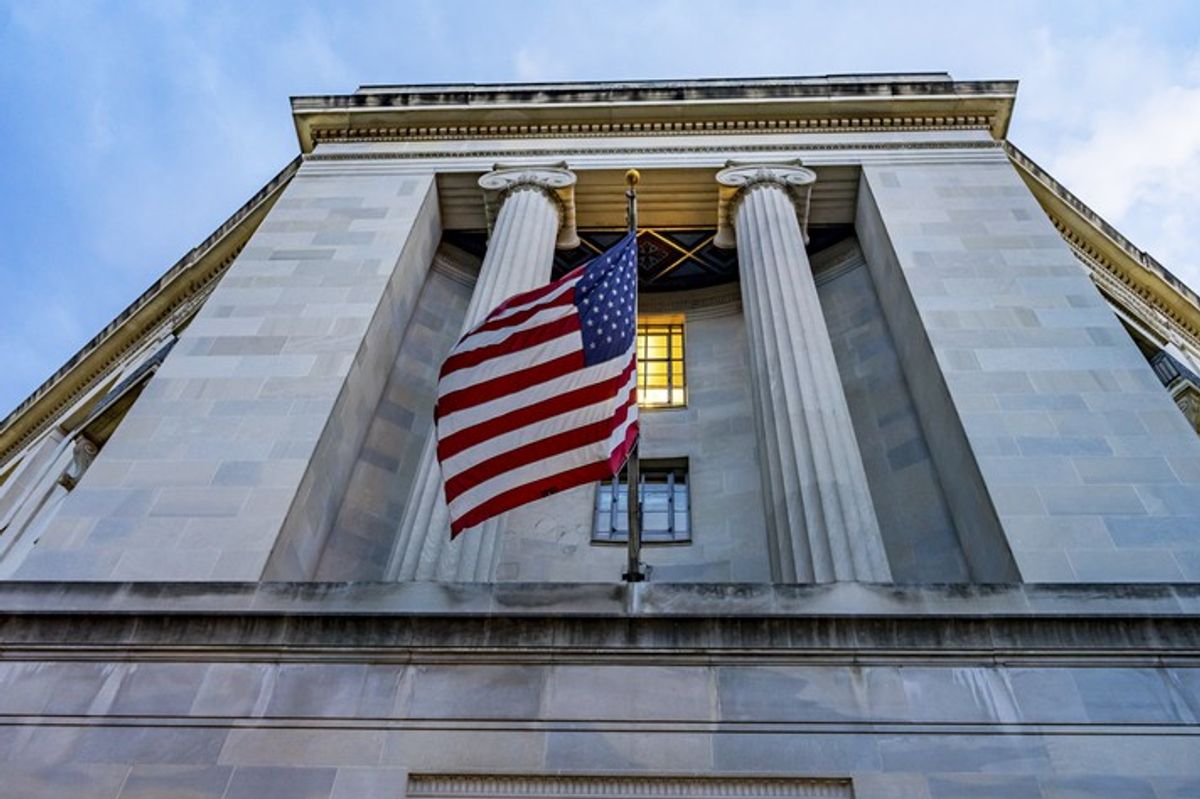OPINION — The Public Interest Declassification Board (PIDB) is an inconspicuous presidential advisory board created by Congress in 2000, to advise “the President and other executive branch officials on the identification, collection, review for declassification, and release of declassified records and materials of archival value,” according to its website.
PIDB released a report last week, that described “the urgent need to reform the [U.S. government’s] classification and declassification system and offered recommendations for its modernization to help address these challenges.”
The report came in the midst of the national controversy over the Justice Department’s warrant authorizing the FBI’s search and removal of classified and presidential documents from former-President Donald Trump’s Mar-a-Lago Club.
An irony is that the PIDB is staffed and resides at the National Archives and Records Administration (NARA), the very place where all Trump’s presidential records should have been transferred at the conclusion of the Trump administration as required by the Presidential Records Act.
The PIDB is composed of nine public members, five of whom are appointed by the President and four by the respective leaders of Congress. Picked for staggered three-year terms, the PIDB is designed to be non-partisan – an old-fashioned idea these days.
However, in this case it appears to be working.
PIDB’s chairman, Ezra Cohen, is a highly controversial former Trump national security official while the panel’s vice chairman, Alissa Starzak, is a former Obama Administration Pentagon official who once served as staff director of the Senate Select Committee on Intelligence under Democratic Chairmen Sens. Jay Rockefeller (D-W.Va.) and Diane Feinstein (D-Calif.).
Trump also appointed several intelligence veterans to the board, including Paul-Noel Chretien, a former CIA and Justice Department lawyer; Michael Lawrence, who worked for the CIA and National Security Agency; and Benjamin Powell, a former Air Force officer and FBI official who was general counsel for the first three Directors of National Intelligence.
President Biden has one appointee —Laura A. DeBonis who previously served on the Board from 2015-2018 as an appointee of President Barack Obama. She has over 20 years of experience in the information technology and media fields.
Subscriber+Members have a higher level of access to Cipher Brief Expert Perspectives on Global Issues. Upgrading to Subscriber+ Status now.
The Republican congressional appointees are former-Rep. Trey Gowdy III, who had served on both the House Intelligence and Judiciary Committees, and Carter Burwell, a Washington attorney who in the Trump administration was Counselor to the Secretary of the Treasury for Terrorism and once served as Counsel to Sens. John Cornyn (R-Texas) and Chuck Grassley.
The Democratic congressional appointees are Alissa Starzak and former Rep. John Tierney (D-Mass), who once chaired the House Oversight Subcommittee on National Security and now is executive director of the progressive Center for Arms Control and Nonproliferation.
Tierney recently told Politico, “I’ve been impressed with the people on the board. None of them seem to take a partisan approach to it. I find people all sort of agreeing that we need to have the public know as much as they possibly can and we should try to get things declassified if at all possible.”
I would never have heard about the PIDB or its activities last week, if not for the fact that more than a month ago, I was contacted by a National Archives official.
The fiscal year 2022 National Defense Authorization Act (NDAA), approved in December 2021, required the PIDB to conduct a 90-day feasibility study of declassifying the remaining non-public records of U.S. nuclear weapons testing and subsequent cleanup of the Marshall Islands. Between 1946 and 1958, the U.S. conducted 67 nuclear weapons tests.
The Archives official said because of my book, Blown To Hell: America’s Deadly Betrayal of the Marshall Islanders, PIDB members wanted me to speak about my research when they released their feasibility study.
The focus of my book was the March 1, 1954, Bravo test of the first deliverable thermonuclear bomb. Detonated from a tower on a spit of land in Bikini Atoll in the Pacific, its 15-megaton explosion [equal to 15 million tons of TNT] was three times what was expected and 1,000 times more powerful than the Hiroshima bomb.
The bomb’s 10-mile-diameter fireball vaporized some 300 million tons of water, mud, sand and coral, sending it into the stratosphere where winds carried highly radioactive fallout more than 120 miles where it came down for hours as white snow on 82 Marshallese men, women and children living on Rongelap Atoll.
After the Bravo test, it was determined that 253 Marshallese people were exposed to its radioactive fallout when including those on Utirik Atoll [almost 300 miles from the blast]. All became entitled to special medical care funded by the U.S.
As of April 2022, there were 74 Marshallese from the originally exposed 253 still alive, according to an Energy Department presentation to the PIDB.
My book follows what happened to the Rongelapese, other Marshallese affected by Bravo’s radioactive fallout as well as the 23 Japanese fishermen on the boat Lucky Dragon, that also were subjected to fallout as they sailed 90 miles from the blast.
To write the book, I benefited from some of the 10 million pages of declassified nuclear weapons documents released in the mid-1990s by the Energy Department under an initiative led by then-Secretary Hazel O’Leary.
Last week’s PIDB report said the remaining “unprocessed records to search, estimated to be over 40-80 million pages scattered in various facilities around the country,” would “take at least four to six years to complete,” and done correctly could cost some $100 million to $200 million. That amount, the PIDB report said, “is far more than we currently spend annually on all government declassification efforts combined.”
As a result, the report went on, “The PIDB hopes this declassification feasibility study will serve as a call to action for the government to invest in modernizing the classification and declassification process…Modernization will not only improve public access to our nation’s national security history and aid transparency, but it will also support our nation’s 21st century national security requirements.”
However, the report also said of the still unprocessed, classified documents related to the Marshall Islands nuclear testing, “We believe there is new information to be discovered within these unprocessed collections.”
I doubt there will be a new declassification project for Marshall Island nuclear testing documents based on the PIDB report’s estimated projected costs and time necessary for completion.
However, to prepare for my presentation to the PIDB last Friday, I did some research on the current Energy Department website www.osti.gov which contains those Marshall Island nuclear testing reports and articles that are currently available to the public. It was a website I used through early 2021 while writing my book.
What I found were relevant documents that either I missed or were unavailable a year ago, but contained what for me, was new information.
The Cipher Brief hosts expert-level briefings on national security issues for Subscriber+Members that help provide context around today’s national security issues and what they mean for business. Upgrade your status to Subscriber+ today.
For example, a false theory known as “stratospheric trapping” was described as one reason the fallout on Rongelap was unexpected, according to an internally released 2018 Los Alamos National Laboratory report by Roger A. Meade and Linda S. Meade entitled, The World, We Think She Start Over Again” Nuclear Testing and the Marshall Islands, 1946-1958.
“When very little fallout from Mike [the 10 megaton, 1952 first test of a thermonuclear device] was detected,” the Meades wrote, “it was assumed that the radioactive debris was trapped in the stratosphere by the temperature inversion between the tropopause and the stratosphere, a theory known as stratospheric trapping. When the first test of the Castle test series, Bravo, disproved this theory, it was too late for the people of Rongelap Atoll, who were physically injured by Bravo’s fallout.”
I never saw the Meades’ 125-page report, but would have wanted to since it covers much of the same material I used for my book including a few of the same anecdotes.
I also found there was new historic information in an article issued in another Los Alamos internal report. It was from September 2020, written by Los Alamos Senior Historian Alan Brady Carr entitled Of Clouds and Craters: The History of U.S. Nuclear Weapons Testing.
Carr wrote that during the U.S.-Soviet Union nuclear testing moratorium that ran from 1958 to 1961, President Eisenhower “personally approved the hydro-nuclear experiments, which began in January 1960, but a very small number of scientists believed the tests violated the spirit of the testing moratorium.”
Those tests used greatly reduced amounts of fissile material that can produce nuclear yield, but below the yield of the test device’s high explosives.
“Nonetheless,” Carr wrote, “dozens of tests were secretly performed at Los Alamos, the largest being a June 1961 experiment that produced four-tenths of a pound of fission energy. The results of the hydro-nuclear experiments led to important design changes.”
These examples showed me there remains a wealth of publicly available nuclear weapons information still to be mined, I told the PIDB last Friday.
The real questions are whether there are researchers interested enough to search for such material, and are there people out there who care enough to read what’s written?
Nuclear weapons are a never-ending story — their past, present and future are all subjects I believe are extremely important. For me, the Marshallese not only represented a means to tell a story that should affect us all, they also represented and still do how the U.S. misused them through error and therefore have a continuing responsibility to care for them now and in the future.
Read more expert-driven national security insights, perspective and analysis in The Cipher Brief














